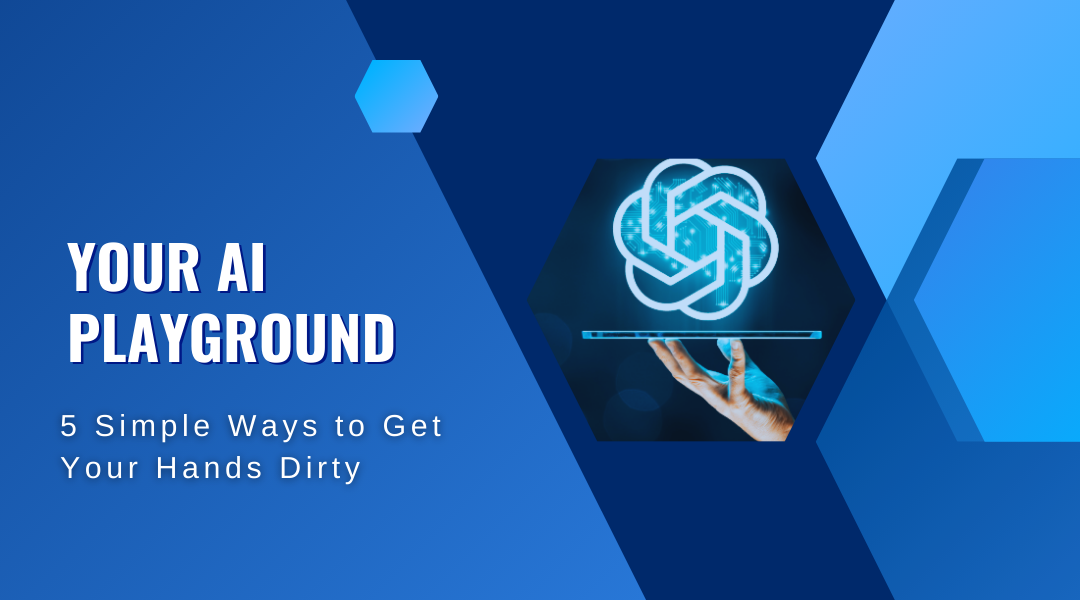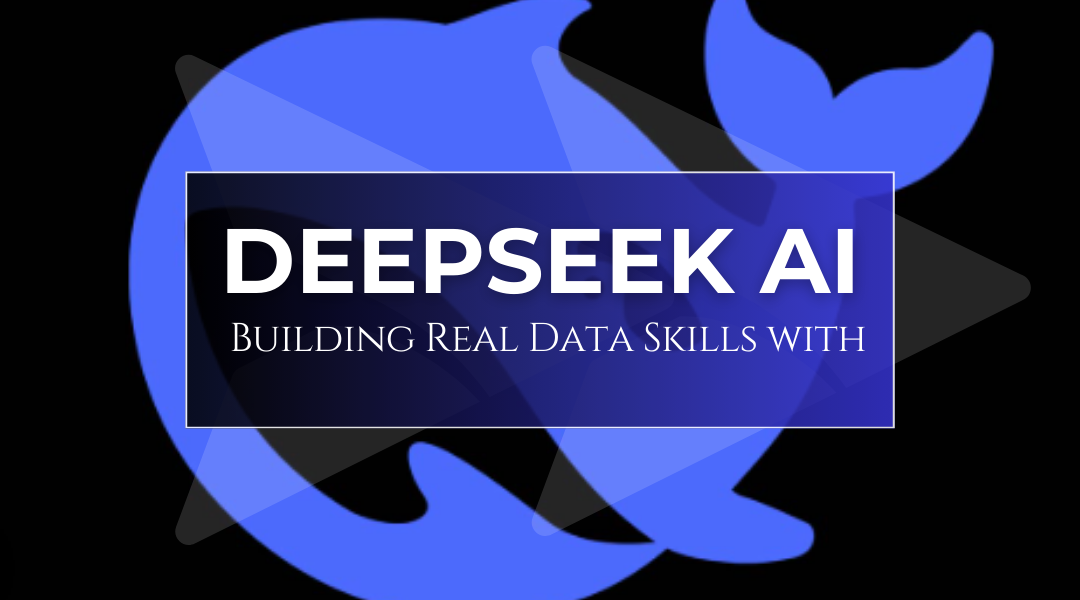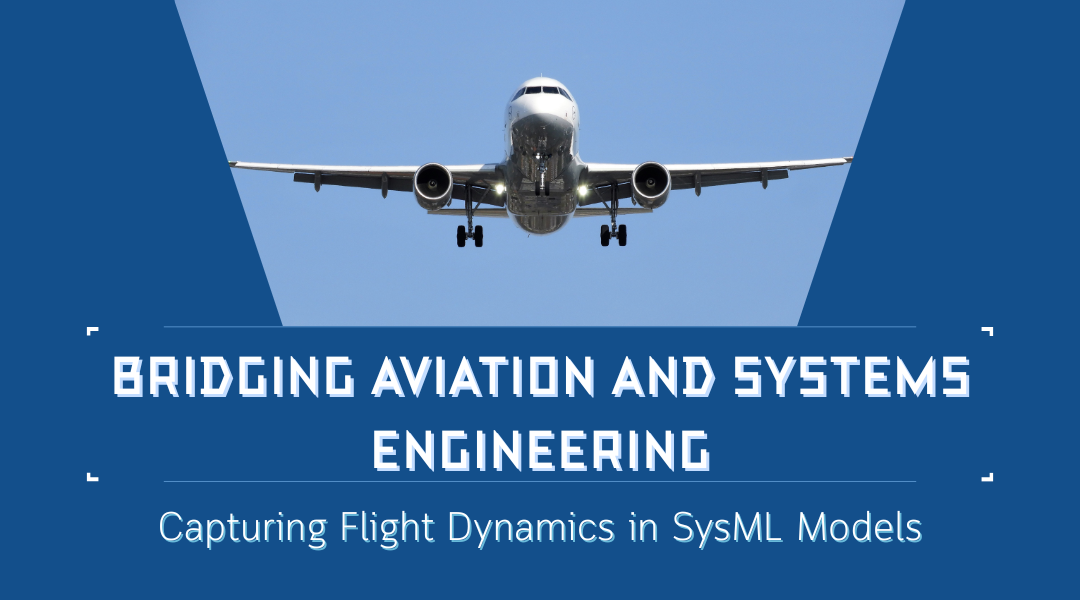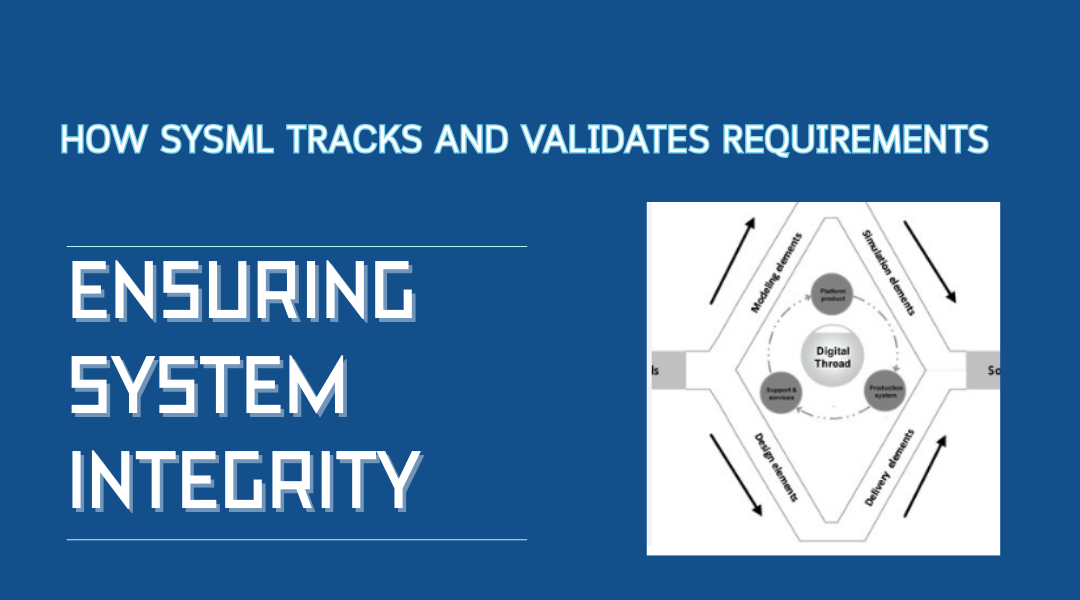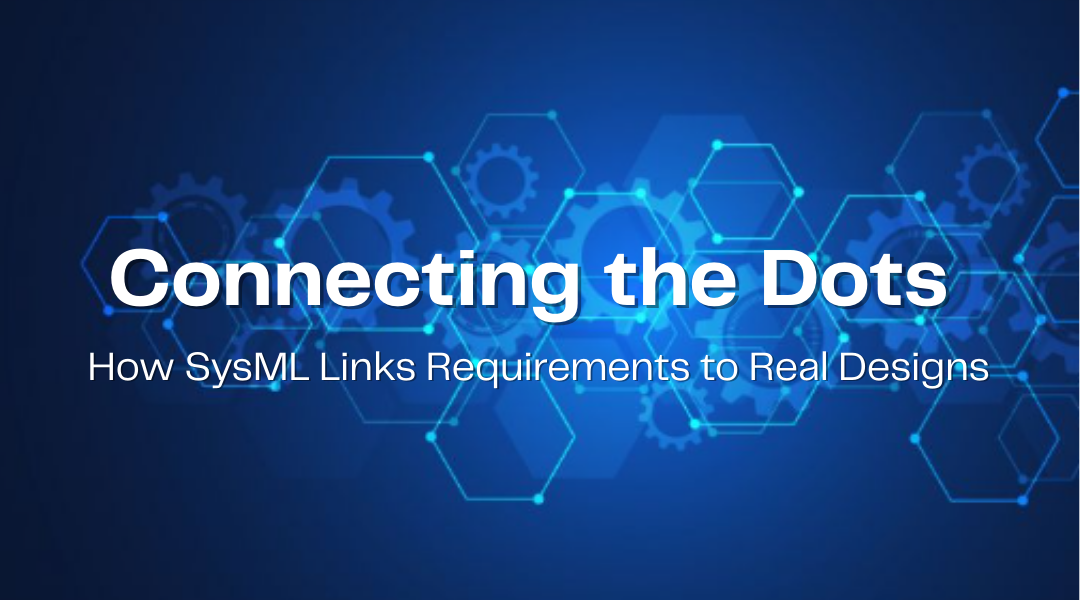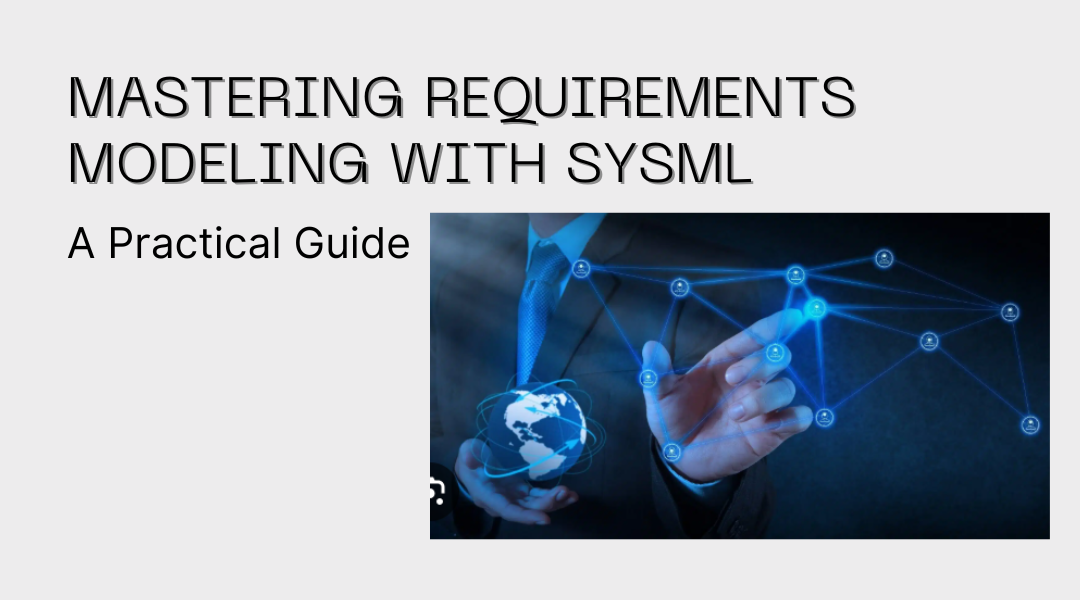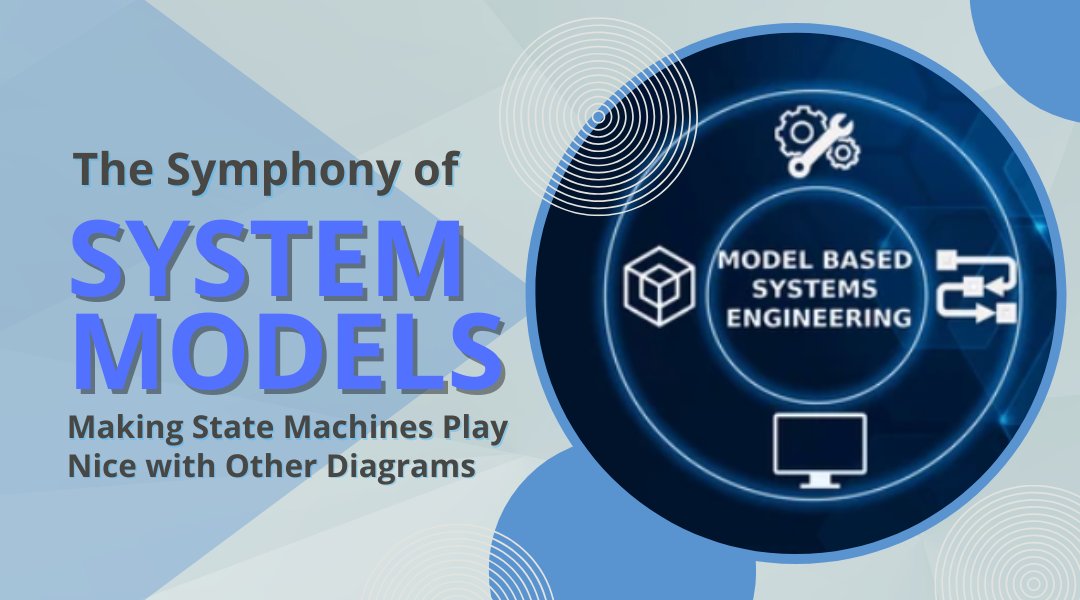Your AI Playground: 5 Simple Ways to Get Your Hands Dirty
Feeling curious about artificial intelligence but not sure where to begin? You don’t need a PhD to start experimenting. The best way to understand AI is to play with it yourself. Think of these tools as your personal sandbox—a place to tinker, make mistakes, and have those “aha!” moments that turn abstract concepts into tangible … Read more
